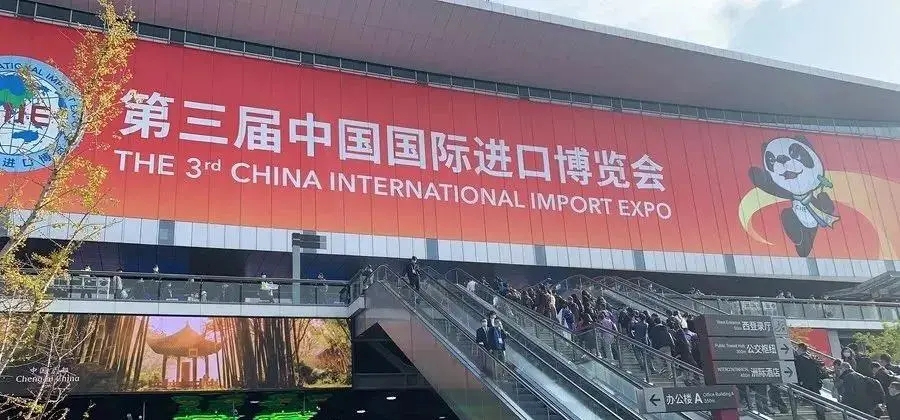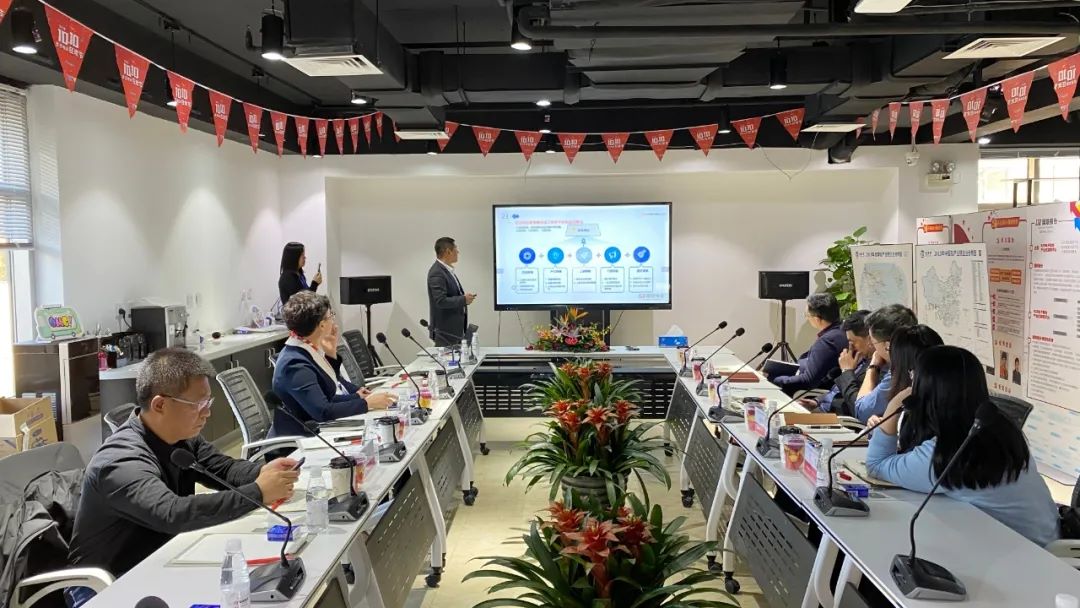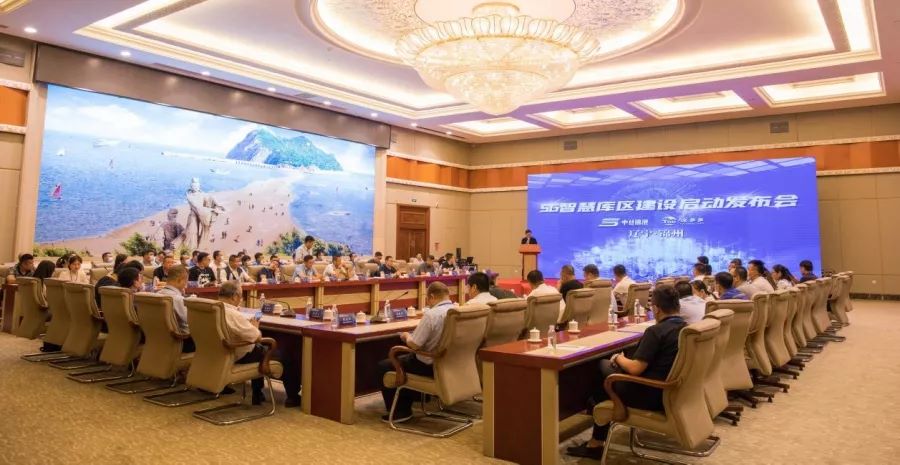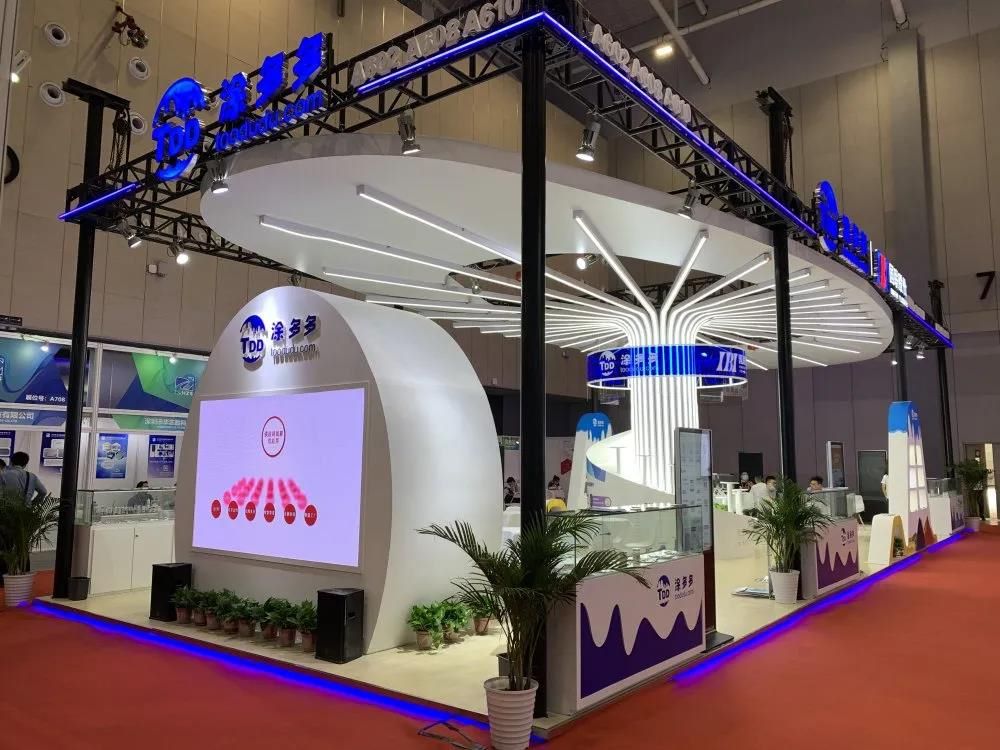Turning point in the fate of tire companies: a complete analysis of five key decisions
The price of natural rubber has dropped by 4,000 yuan per ton, but the price of tires will continue to rise; on April 17, 2025, crude oil was less than $65 per barrel, a year-on-year decrease of 23%, but the price of tires will continue to rise; no matter what changes occur in costs, tire companies are determined to raise prices!

Cost reduction and price increase, tire companies no longer make concessions
In April 2025, the Chinese tire market ushered in at least 7 price increase notices. Conservative estimates show that the average price of each tire of mainstream brands will increase by 20 to 30 yuan. For dealers to purchase goods, the cost of a container of truck tires will increase by at least 10,000 yuan.
This is still the cost increase under the domestic price increase of 3%. If the price increase of tire companies in overseas markets is 10% to 30%, the cost of a container of truck tires in overseas tire business will increase by at least 50,000 yuan. Tire dealers are about to post the raw material price list on the tire factory's face, but the tire factory is unmoved and raises prices. Why? For profit. Even this time, the price increase of Chinese tire companies is to protect profits - sales are already falling, and if they do not raise prices to maintain basic profit margins, tire companies can only wait for losses. Chinese tire companies have also reached a dilemma where they can no longer rely on "small profits but quick turnover" to maintain normal operations. Because not only can they not complete sales tasks at home, but overseas is no longer a lifeline.
In 2025, the 245% tariff directly cut off the road for Chinese tire companies to export truck tires from domestic tire factories to the United States. On January 15, 2025, the European Union decided to continue the anti-dumping and countervailing measures against Chinese truck tires, with anti-dumping duties up to 35.75 euros (297 yuan) per tire, and anti-subsidy duties from 3.75 euros to 57.28 euros (475 yuan) per tire, which also had a certain degree of impact on the export of Chinese truck tires. In fact, before the United States implemented a 245% tariff, Chinese truck tires had already dropped to 4.94%; the EU market share has dropped from 64% in 2017 to 14.5% in 2023.
Under higher pressure tariffs, the sales volume of Chinese local factories exported to the European and American markets may further decline. Unable to sell more, tire factories can only rely on price increases to maintain "survival status". Therefore, even if the price of raw materials has been falling, Chinese and foreign tire companies have collectively raised prices to survive for the sake of profit. However, the result of price increases is often a decline in sales volume - after all, there is no shortage of low-priced tires in the Chinese market, and the performance is not very good, so just make do with it first - don't forget that many Chinese tire companies initially developed in this way. According to recent data, many tire factories and dealers have encountered "epic" sales difficulties.
Selling a tire in 45 days, the tire warehouse has been overwhelmed
In April 2025, the inventory turnover days of domestic semi-steel tires have soared to more than 45 days, while in the same period last year, a semi-steel tire took less than 29 days from storage to delivery. The inventory of full-steel tires has continued the decline for three years - it takes at least 41 days to sell a truck tire.
Domestic tires are not easy to sell regardless of price increases or price cuts.
However, tire companies are very surprised that semi-steel tires are not selling well. After all, the past two years have seen a big wave of the rise of Chinese passenger car tires, and it is time for a new wave of new energy passenger car tire replacement cycles. How could they not sell well?
Some wholesalers reported that just after the end of February this year, there was still a business of selling 200 tires in one order, but in less than two months, the tires in the warehouse could not be sold. Truck tires have also continued the downward trend since May 2023. "There will be at least four months of good days in 2023 to help sales increase. In 2024, sales did not increase throughout the year, but they did not drop too much.
But this year, at least so far, it is still not very good." "In the first half of last year, at least there was still a business of replacing tires for dump trucks, which gave me some hope. This year, I really have no hope. I just hope that sales will not fall." Looking at the port transportation business, which is extremely important to the truck tire replacement market, the dual decision of the 245% tariff and the cancellation of the US tax exemption for small packages of $800 has made many foreign trade companies dare not accept orders, and port transportation in the Yangtze River Delta region is under great pressure. At the same time, the continued weakness of European market demand and the impact of supply chain transfer on the European and American markets further affected the port transportation business. The throughput pressure of ports such as Yantian Port, which mainly serve European and American routes, was transmitted to the transportation market.
The semi-steel tire business took a sharp turn for the worse, and the full-steel tire business was as messy as ever. In 2025, no matter what tires were sold, the stores would be equally difficult. The sluggish store business also spread to dealers and tire factories layer by layer. With no one placing orders, in mid-April, many tire companies had already announced that the factories would stop production and take a holiday on May 1st.
Tire factories take a holiday, inventory is auctioned, and a wave of bankruptcies comes.
The latest operating rate data shows that the operating rate of semi-steel tires has fallen for five consecutive weeks, from nearly 85% in mid-March to 74.39% in mid-April. Generally speaking, a 70% operating rate can barely keep the profits of tire factories. After nearly two years of high operating rates, in March 2025, the production line of semi-steel tires also took a sharp turn towards losing money.
The operating rate of all-steel tires has calmed down again after experiencing the stockpiling wave at the dealer conference, and the operating rate has only fallen from 70% close to the profit point to around 66%. It is difficult for truck tires to balance expenses with such an operating rate - this is why in recent years, many tire companies that make a living from truck tires have begun to get involved in the car tire business.
22.5-inch truck tires may not have business even if they are sold at 600 yuan. If they don't add more business, the factory will really have no work to take. However, tire companies can still compete for sales by adding products, but what about dealers? There is price pressure from tire factories above and inventory explosion pressure below. The debt of buying tires with loans is really difficult to pay off in the current market. Many dealers, wholesalers and retailers have already gone to auction websites. Of course, it is not only dealers that are auctioned, but also tire factories; if tire factories continue to take holidays and stop work because of no orders, I am afraid that the number of tire factories on this auction list will also rise sharply.
Worrying about sales while busy expanding production, the competition for production capacity continues
But what is surprising is that the less orders there are, the more enthusiastic tire companies are to expand production. The production capacity of PCR and TBR is still expanding.
In 2026, at least 250 million tires (210 million semi-steel tires and 43 million full-steel tires) will flow from overseas production capacity to the global tire replacement market, and China's domestic tire production is expected to exceed 1.2 billion by 2025, and even the possibility of exceeding 1.3 billion is not ruled out. Even if the inventory is overwhelmed and demand declines in 2025, Chinese tire companies have not given up their expansion plans - "tonnage determines status" is completely integrated into the genes of Chinese tire companies. The business ideas of many tire bosses now remain the same as they were 20 years ago. "Make it first, then think about how to sell it." "Others can have sales, why can't I have sales? I can't compete with the brand power of the leading tire companies, but I can fight a price war with unknown brands. The end result is to make tires.
" In 2025, tire companies will bite the bullet and enter "Purgatory Mode"
This also echoes why the operating rate of semi-steel tires began to decline after March this year, tens of millions of new production capacities were put into the market, and the tire supply was saturated. Every tire factory has a hard time - the nightmare of the truck tire market is staged again. Foreign-funded tire companies, leading tire companies "are in danger". Price increases, in the strategy of "price war to hit sales" of small and medium-sized enterprises, sales squeezed out seems to be a foregone conclusion; without price increases, tire profit retention space is at risk; is it all dependent on overseas production capacity? In the tariff blockade that is escalating day by day, overseas production capacity is no longer a safe haven for tire companies...
- On April 22, 2025, the global rubber market showed a pattern of mixed long and short positions, and prices continued to fluctuate weakly1507
- New energy truck tires: future star or industry waste?1027
- Truck and bus tire data hides key signals!969
- Are tires that have been stored for 2-3 years considered "expired tires"?973
- The difference between cheap tires and expensive tires881









